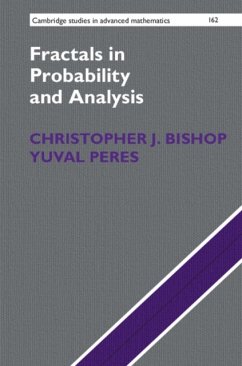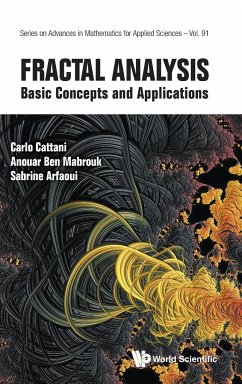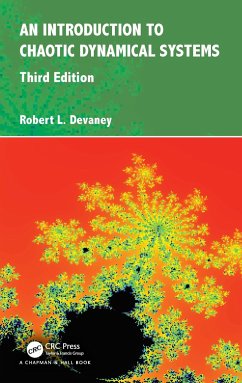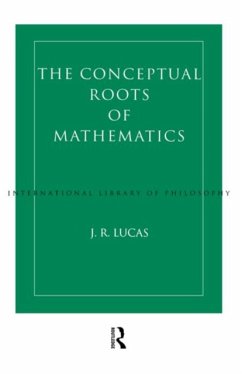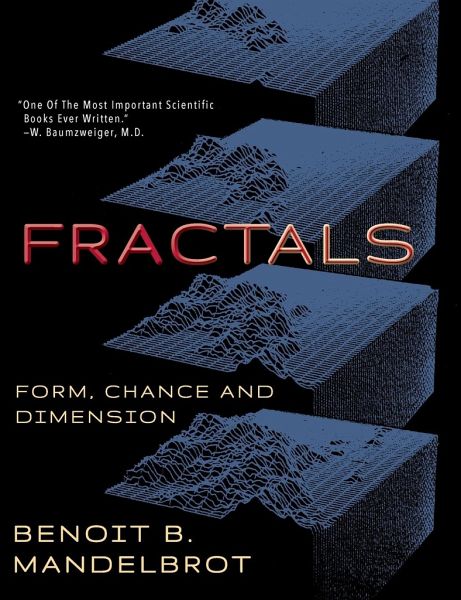
Fractals
Form, Chance and Dimension
Versandkostenfrei!
Versandfertig in 1-2 Wochen
38,99 €
inkl. MwSt.

PAYBACK Punkte
19 °P sammeln!
Discover the Hidden Mathematics of Modern Geometry Fractals, the never-ending geometric-mathematical patterns existing throughout nature, are revealed in the shapes of continents, galaxies, snowflakes, and grains of sand. In this fascinating and seminal volume, renowned pioneering-mathematician Benoit B. Mandelbrot explains his work on fractal geometry, mathematically translating the description of these complex shapes of nature. Until Mandelbrot developed the concept of fractal geometry in the 1960s and 70s, most mathematicians believed these irregular shapes were too fragmented and amorphous...
Discover the Hidden Mathematics of Modern Geometry Fractals, the never-ending geometric-mathematical patterns existing throughout nature, are revealed in the shapes of continents, galaxies, snowflakes, and grains of sand. In this fascinating and seminal volume, renowned pioneering-mathematician Benoit B. Mandelbrot explains his work on fractal geometry, mathematically translating the description of these complex shapes of nature. Until Mandelbrot developed the concept of fractal geometry in the 1960s and 70s, most mathematicians believed these irregular shapes were too fragmented and amorphous to be described mathematically. Mandelbrot's revolutionary concept brought order to a variety of seemingly unsolvable problems in physics, biology, and financial markets. Broad in application, this groundbreaking work will inform not just mathematicians, but anyone that appreciates the natural elegance of patterns made manifest. Featuring illustrations of mathematically defined shapes, Mandelbrot describes how geometric patterns relate to every aspect of the physical world around us.






